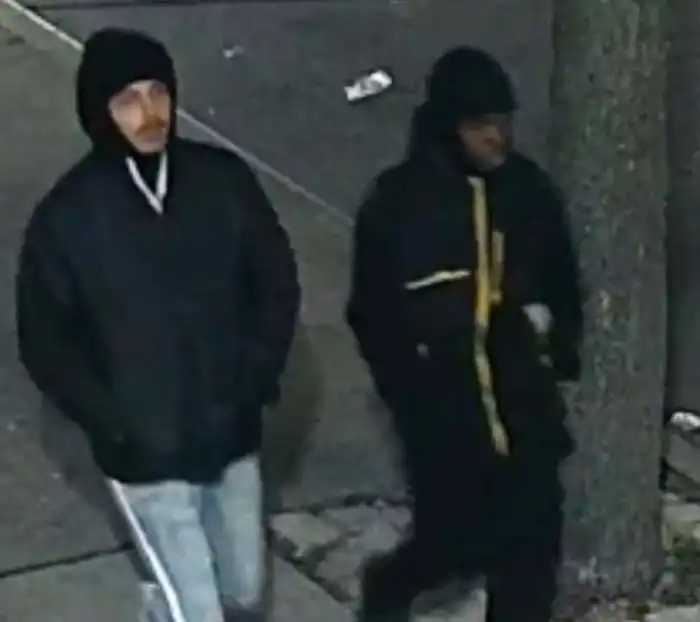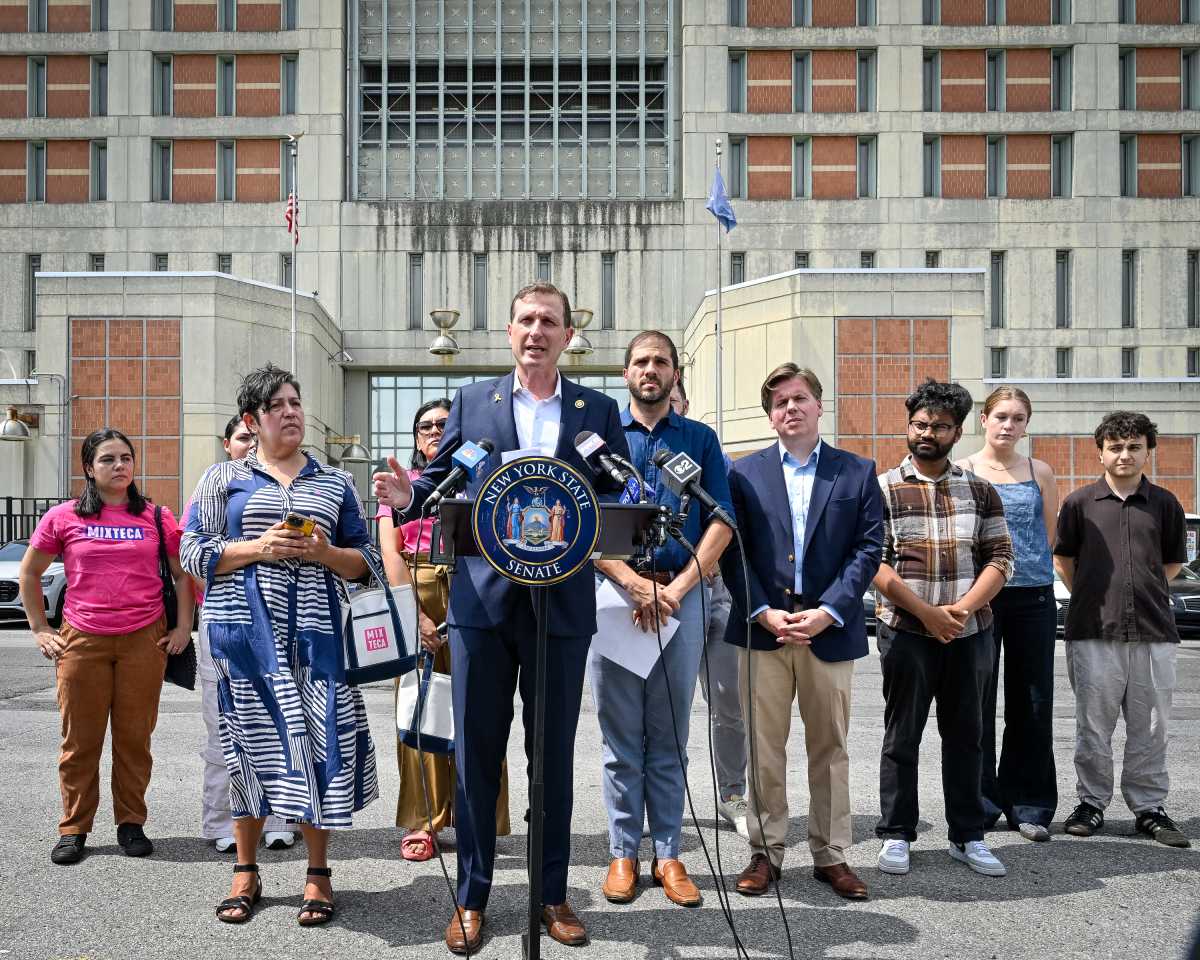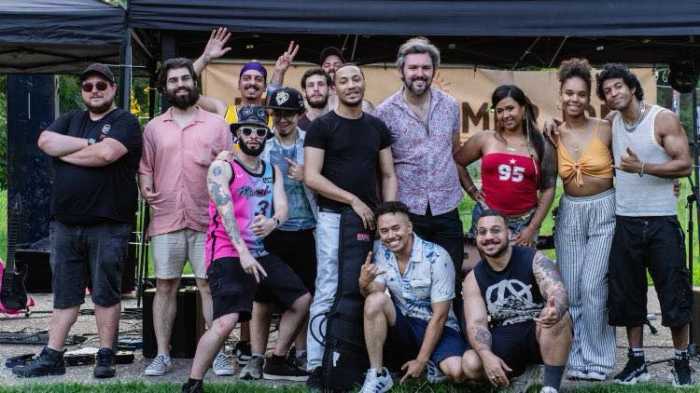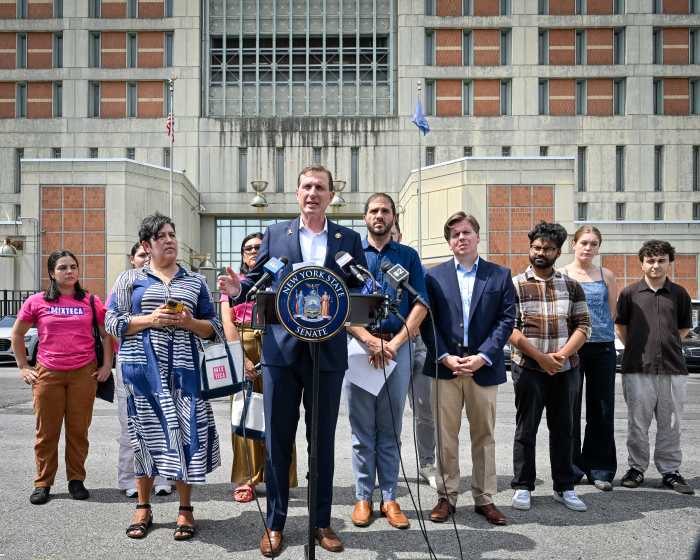
BY ALBERT AMATEAU | The Salmagundi Club, located in a landmarked 160-year-old Fifth Ave. brownstone in Greenwich Village, is a blend of Victorian elegance and state-of-the-art 21st-century technology.
The club, founded in 1871 as a drawing class for artists, has recently completed a top-to-bottom modernization of its main gallery.
“We spent three years raising money for the project,” Robert W. Pillsbury, club president, told a visitor from The Villager recently. Funding for the $1.5 million renovation included foundation grants, proceeds from auctions of artworks by club members and a New York State grant for the restoration of historically eligible buildings.
“We’re in the last brownstone townhouse on Fifth Avenue,” Pillsbury noted.
Whimsically named either for a stew of different kinds of meat, or maybe from “The Salmagundi Papers,” a collection of humorous 19th-century essays written by Washington Irving, the Salmagundi Club began in the studio of sculptor Jonathan Scott Hartley. For its first 23 years of existence, the club met in various galleries, public halls and artists’ studios.
In 1894, the club, which had become one of the nation’s premier arts organizations, acquired its first permanent home, at 14 W. 12th St. In 1917, the club bought its current location, the former Irad and Sarah Hawley mansion at 47 Fifth Ave. A year later the club built a two-story gallery addition in the garden of the four-story mansion.
“We’re standing in what used to be the garden of the building,” said Pillsbury. “Over the years it had various owners — it was a hotel for a time.”
The first floor of the gallery addition is a large billiard room (including three billiard tables that date from the 1890s) that also serves as a gallery for shows by Salmagundi artists. Recently, the room was devoted to a show of monotypes, small one-of-a-kind works printed on one of two monotype presses that the club keeps in the billiard room.
The addition’s second floor is the club’s main gallery, which reopened last November after the renovation, which included a new floor, walls and state-of-the-art lighting.
Claudia Seymour, Salmagundi Club president from 2007 to 2013, began the process that included fundraising, input from club members and a final design by Lisa Easton, a preservation architect and head of the firm Easton Associates.
The new gallery opened with Salmagundi’s winter auction in November and is where the club’s spring auction recently took place on successive Friday evenings in March.
“This project was the beginning of an overall restoration,” said Tim Newton, chairperson of the club’s board of trustees. “We’re working on the rest.”
Salmagundi has 871 members, an increase of about 200 over the past few years. Under club rules, 60 percent of the members must be artists, and the remaining 40 percent are what the club calls “lay members.” Honorary members over the years have included Winston Churchill, Buckminster Fuller, Al Hirschfeld and Thomas Hoving.
“We have members from all over, including England and Holland,” said Charles Yoder, head of the club’s art committee, which decides on works to be included in club shows and also judges works of artists applying for membership. “Most of us are local. Those of us who live in a 75-mile radius are designated as ‘resident members,’ ” said Yoder, a painter whose studio is in a Tribeca loft.
Preservation of the building’s original architecture and furnishings is paramount, as might be expected from a club devoted to representational, or realist, art. The library, on the building’s second floor, is essentially the same as it was in 1917. The parlor on the main floor still resembles its Victorian original.
Guy Wiggins, a club member who hosted the recent visit by The Villager, embodies that tradition. Wiggins, 94, who served in World War II and took part in the occupation of Japan, lives and works in the Village.
“My grandfather, Carleton Wiggins, was president of the club from 1911 to 1913,” he said. “My father, Guy C. Wiggins, was a member. He was noted for his paintings of New York winter scenes.”
































